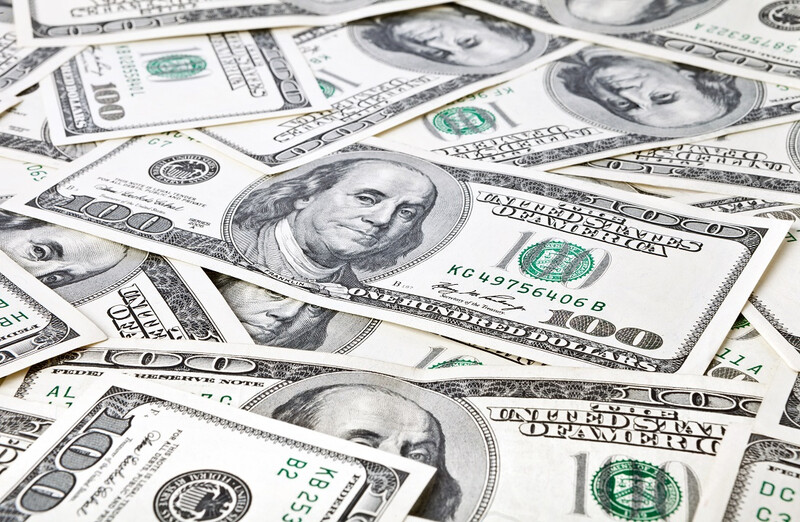(Reuters) – The dollar regained ground on Monday, partly recovering from a knee-jerk reaction to Friday data showing U.S. job gains were the smallest in two-and-a-half years, while disappointing inflation figures in China weighed on the yuan and proxies.
The dollar index, which tracks the greenback against a basket of major peers, was up 0.15% at 102.44 having tumbled 0.87% on Friday, after U.S. nonfarm payrolls increased 209,000 in June, missing market expectations for the first time in 15 months.
While details in the employment report reflecting persistently strong wage growth underscored market pricing of a further rate hike later this month, the data helped reassure markets that an end to the Federal Reserve’s programme of rate hikes is at least near, even if once-expected cuts later in 2023 now seem unlikely.
The dollar’s Friday slide and Monday rebound were broadly based. The euro was last down 0.14% at $1.0953 after a 0.7% Friday jump and sterling shed 0.25% to $1.2809, having surged 0.79% the previous session to a 15-month high of $1.2850.
The dollar rose as much as 0.55% against the Japanese yen and was last up 0.06% at 142.31 having slid nearly 1.3% on Friday.
The dollar/yen pair is particularly sensitive to U.S. yields, which fell after the data, as interest rates in Japan are anchored near zero.[US/]
“It’s a bit of an unwind from the overreaction that we saw on Friday. There was an overreaction to the nonfarm payrolls report, so it doesn’t surprise me that the yen’s weakening today,” said Joseph Capurso, head of international and sustainable economics at Commonwealth Bank of Australia (OTC:CMWAY).
For markets focused on the outlook for central bank policy, particularly the U.S. Federal Reserve, the focus now turns to U.S. inflation data due on Wednesday, where expectations are for core CPI to have risen 5% on an annual basis in June.
Norway’s crown strengthened after data showed core inflation continued to rise in June and hit a fresh record. The euro was last down 0.88% against the crown at 11.544, its lowest since mid June.
The situation is different in China, however, where Monday figures showed China’s factory-gate prices fell at the fastest pace in seven-and-a-half years in June and consumer inflation was at its slowest since 2021, fuelling hopes for further support measures from Chinese authorities.
The weak data dragged down the Australian and New Zealand dollars, which are often used as liquid proxies for the Chinese yuan.
The Aussie fell 0.66% to $0.6648, while the kiwi slid 0.45% to $0.6181.
The dollar climbed about 0.1% against the offshore yuan to 7.239 per dollar.
“The softer CPI is still reflecting weak domestic demand while PPI deflation underscores the strains on factories,” said OCBC currency strategist Christopher Wong.
“(It’s) basically saying that China needs stimulus support.”



